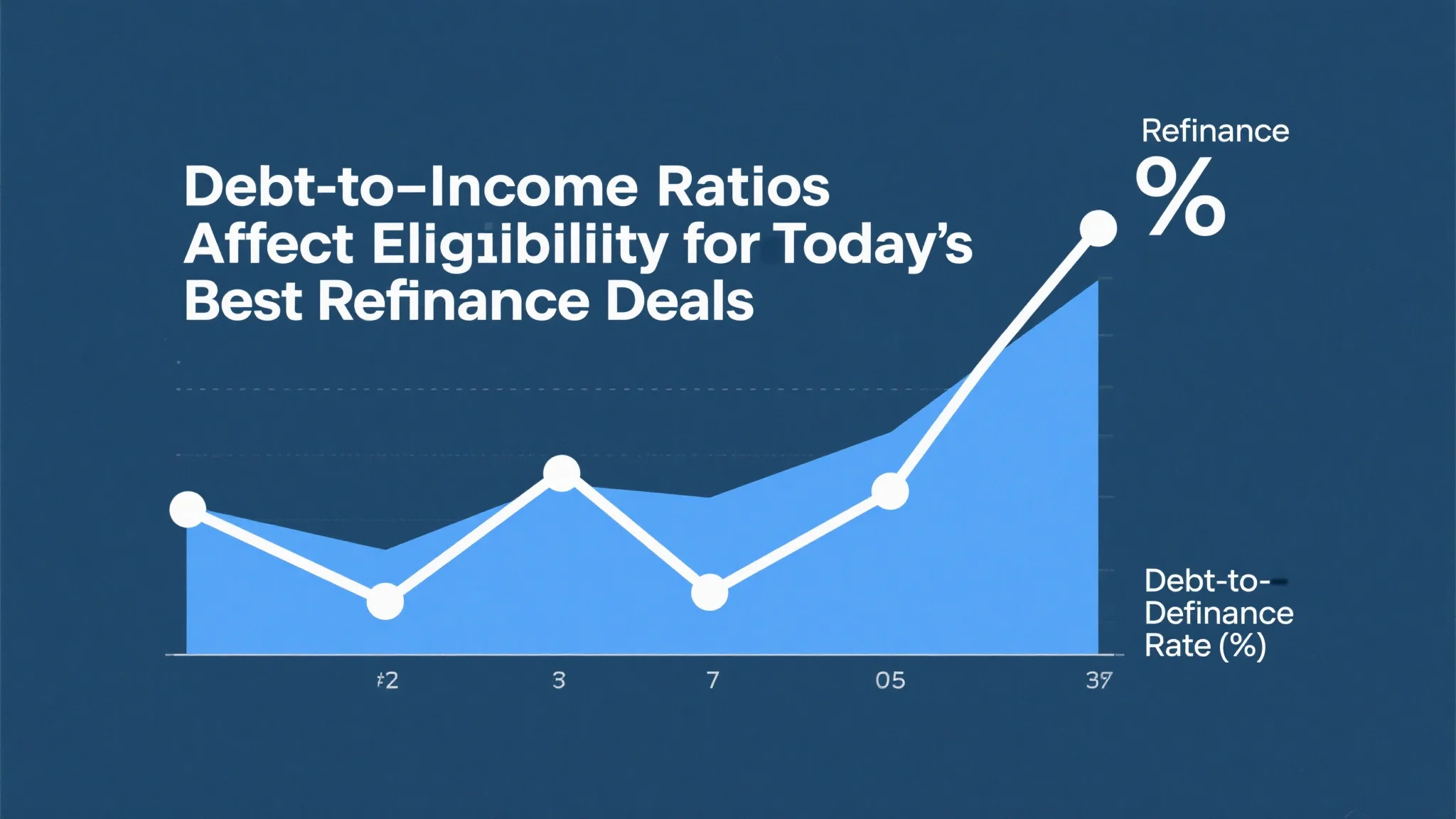When homeowners explore refinancing options, one of the most enticing offers they encounter is the promise of a no closing cost refinance. These advertisements flood the internet, particularly from online mortgage lenders who tout the ability to refinance without paying thousands of dollars in upfront fees. However, the reality behind these offers is far more complex than the marketing suggests. Understanding the true mechanics of these programs is crucial for homeowners who want to make informed financial decisions about their mortgage refinancing options.
Understanding the Real Economics Behind No-Cost Refinancing Programs
The concept of a no closing cost refinance fundamentally challenges the traditional mortgage refinancing model, where borrowers typically pay between $2,000 and $5,000 in various fees to complete the transaction. These fees include appraisal costs, title insurance, attorney fees, credit report charges, and lender processing fees. When online mortgage lenders advertise zero closing costs, they’re not actually eliminating these expenses – they’re restructuring how and when borrowers pay for them. The most common method involves incorporating the closing costs into the loan principal, effectively spreading these expenses over the life of the mortgage. This approach means that while borrowers don’t pay upfront, they’ll ultimately pay more in total interest over the loan’s duration. Another prevalent strategy involves offering a slightly higher interest rate in exchange for the lender covering the closing costs. This rate adjustment typically ranges from 0.125% to 0.5% above the standard market rate, depending on the total closing costs and the lender’s pricing model.
The mathematics behind these arrangements reveal why lenders can afford to offer such programs while maintaining profitability. When closing costs are rolled into the loan principal, the lender immediately recovers these expenses through the increased loan amount, while the borrower pays interest on this additional principal for potentially decades. For example, if $4,000 in closing costs are added to a 30-year mortgage at 4% interest, the borrower will pay approximately $6,900 in total over the life of the loan – nearly 73% more than the original closing cost amount. This extended payment structure benefits lenders because they receive immediate compensation for the closing costs while earning additional interest income over time. The higher interest rate model works similarly, where the lender calculates that the additional interest income from the elevated rate will exceed the closing costs they’re absorbing, typically within the first few years of the loan.
Online mortgage lenders have particular advantages in offering these programs compared to traditional brick-and-mortar institutions. Their lower operational overhead, streamlined digital processes, and automated underwriting systems allow them to operate with reduced costs, which they can then pass along to borrowers in the form of absorbed closing costs. However, this efficiency comes with trade-offs that borrowers should carefully consider. Online mortgage refinance offers often lack the personalized service and local market expertise that traditional lenders provide. The digital-first approach means that complex financial situations or unique property characteristics might not receive the nuanced attention they require. Additionally, the speed and convenience of online processing can sometimes lead borrowers to make hasty decisions without fully understanding the long-term implications of their refinancing choice.
The competitive landscape among online lenders has intensified the prevalence of no-cost refinancing offers, as companies vie for market share in an increasingly crowded digital marketplace. This competition has led to more aggressive marketing tactics and increasingly complex fee structures that can confuse even sophisticated borrowers. Some lenders offer hybrid models where they cover certain closing costs while requiring borrowers to pay others, creating a patchwork of fees that makes direct comparison between offers challenging. The key to navigating these options lies in understanding the total cost of borrowing over the intended loan period, rather than focusing solely on upfront expenses. Borrowers should calculate the break-even point where the monthly payment savings from refinancing offset any additional costs associated with the no-cost structure, whether through higher rates or extended principal balances.
Hidden Costs and Long-Term Financial Implications of Zero-Fee Refinancing
While the appeal of avoiding upfront costs is undeniable, the hidden expenses associated with no closing cost refinance programs can significantly impact a borrower’s long-term financial health. The most substantial hidden cost is the opportunity cost of the higher monthly payments that result from either increased principal or elevated interest rates. These higher payments reduce the borrower’s monthly cash flow, potentially limiting their ability to invest in other financial opportunities or build emergency savings. Over time, this reduced financial flexibility can have compounding effects on overall wealth accumulation. For instance, if a borrower’s monthly payment increases by $100 due to a no-cost refinancing structure, and they could have otherwise invested that money in a diversified portfolio earning 7% annually, the opportunity cost over 30 years could exceed $100,000 in lost investment growth.
Another significant hidden cost involves the impact on home equity building. When closing costs are rolled into the loan principal, borrowers start their new mortgage with less equity than they had before refinancing. This reduction in equity can affect future borrowing capacity, particularly for home equity loans or lines of credit. It also means that if property values decline or remain stagnant, borrowers may find themselves in a negative equity situation more quickly than they would have with a traditional refinancing approach. The equity impact becomes particularly pronounced for borrowers who refinance multiple times, as each transaction can further erode their ownership stake in the property. This pattern is especially concerning in volatile real estate markets where property values may not appreciate consistently over time.

The timing of refinancing decisions also plays a crucial role in determining whether no-cost programs provide genuine value. Borrowers who plan to sell their homes or refinance again within a few years may benefit from avoiding upfront costs, as they won’t hold the loan long enough for the higher rates or increased principal to significantly impact their total borrowing costs. However, those planning to stay in their homes for extended periods often find that traditional refinancing with upfront closing costs results in lower total borrowing expenses. The break-even analysis becomes more complex when considering potential future interest rate movements, as borrowers who lock in higher rates through no-cost programs may miss opportunities to benefit from declining market rates.
Refinance closing fee savings calculations must also account for tax implications that many borrowers overlook. Mortgage interest remains tax-deductible for most homeowners, which means that higher interest payments resulting from no-cost refinancing can provide increased tax benefits. However, these benefits are typically outweighed by the additional interest costs, particularly for borrowers in lower tax brackets. The tax reform changes in recent years have also reduced the number of homeowners who itemize deductions, further diminishing the tax advantages of higher mortgage interest payments. Additionally, borrowers should consider how no-cost refinancing affects their debt-to-income ratios, as higher monthly payments can impact their ability to qualify for other types of credit or may require them to maintain higher income levels to meet lender requirements for future transactions.
The psychological aspects of no-cost refinancing also merit consideration, as the apparent savings can create a false sense of financial improvement. Borrowers may feel they’ve achieved significant savings by avoiding upfront costs, leading them to increase their spending or reduce their savings rate. This behavioral response can negate any actual financial benefits from the refinancing transaction. Furthermore, the complexity of comparing no-cost offers from different lenders can lead to decision fatigue, causing borrowers to focus on the wrong metrics when evaluating their options. The most effective approach involves creating comprehensive financial projections that account for all costs, benefits, and opportunity costs over various time horizons, allowing borrowers to make decisions based on their specific financial situations and goals rather than being swayed by marketing promises of immediate savings.
Strategic Evaluation Framework for Online Lender No-Cost Refinancing Decisions
Developing a systematic approach to evaluating online mortgage refinance offers requires borrowers to look beyond the surface appeal of zero upfront costs and examine the complete financial picture. The first step involves calculating the true annual percentage rate (APR) of each offer, which includes both the interest rate and the amortized cost of any fees, whether paid upfront or incorporated into the loan structure. This calculation provides a standardized basis for comparison between traditional and no-cost refinancing options. Borrowers should also determine their personal break-even timeline – the point at which the monthly savings from refinancing equal the total costs of the transaction. For no-cost refinancing, this calculation must account for the higher monthly payments that result from increased principal or elevated interest rates.
The evaluation process should also consider the borrower’s specific financial profile and future plans. Homeowners with limited liquid savings may find genuine value in no-cost refinancing, as it allows them to access lower monthly payments without depleting their emergency funds or investment accounts. However, those with substantial cash reserves might achieve better long-term results by paying closing costs upfront and securing lower interest rates. The decision becomes more nuanced for borrowers planning major life changes, such as retirement, career transitions, or family expansions, as these events can affect both their ability to make higher monthly payments and their timeline for remaining in the current home.
Credit score considerations add another layer of complexity to the evaluation process. Borrowers with excellent credit scores typically qualify for the most competitive interest rates, making the rate premium associated with no-cost refinancing more expensive in absolute terms. Conversely, borrowers with lower credit scores may find that the rate difference between traditional and no-cost options is smaller, making the no-cost approach more attractive. The credit score impact extends beyond the initial refinancing transaction, as the higher debt balances resulting from rolled-in closing costs can affect debt-to-income ratios and potentially impact future credit decisions. Borrowers should also consider how their credit profiles might change over time and whether they’ll have opportunities to refinance again under more favorable terms.
Market timing represents another critical factor in the decision-making process. In rising interest rate environments, locking in current rates through no-cost refinancing might provide value even with the associated premiums, as future refinancing opportunities may be less attractive. Conversely, in declining rate environments, borrowers might benefit from traditional refinancing that positions them to take advantage of future rate improvements without the burden of higher current payments. The volatility of online lending markets also affects the evaluation process, as competitive pressures can lead to rapidly changing offers and terms. Borrowers should be prepared to act quickly when favorable opportunities arise while maintaining realistic expectations about market conditions and lender capabilities.
The due diligence process for evaluating online lenders requires particular attention to regulatory compliance, financial stability, and customer service capabilities. While established online lenders often provide competitive rates and efficient processing, newer entrants to the market may lack the operational infrastructure to handle complex transactions or provide adequate customer support during the refinancing process. Borrowers should research lender licensing, regulatory history, and customer reviews before committing to any refinancing arrangement. The refinance closing fee savings promised by online lenders should be verified through careful review of loan estimates and closing disclosures, as some lenders may use misleading marketing tactics that don’t accurately reflect the true costs and benefits of their programs.
Finally, borrowers should develop contingency plans for various scenarios that might affect their refinancing decisions. These plans should address potential changes in income, family circumstances, or housing needs that could impact the suitability of no-cost refinancing arrangements. The flexibility to adapt to changing circumstances often proves more valuable than marginal cost savings, particularly for borrowers facing uncertain financial futures. By maintaining a comprehensive perspective on their refinancing options and focusing on long-term financial health rather than short-term cost avoidance, homeowners can make informed decisions that support their broader financial goals while taking advantage of the legitimate benefits that well-structured no-cost refinancing programs can provide.



